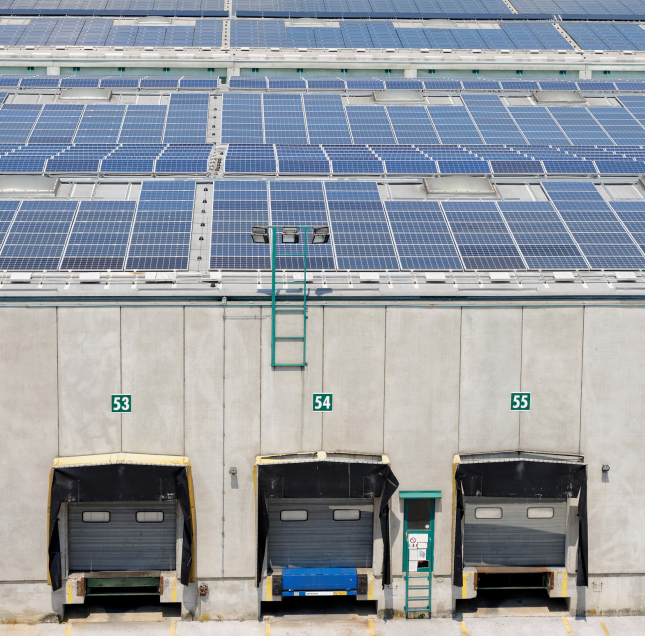CFIRE Report Details Energy Project Financing Options
The new report provides recommendations for financing energy-efficiency and renewable-energy projects.
By Anca Gagiuc, Associate Editor
Washington, D.C.—Using renewable energy sources and energy-efficient building technologies has become a recent trend and concern in the real estate industry. At the Building Innovation 2016: The National Institute of Building Sciences Annual Conference and Expo, the Institute’s Council on Finance, Insurance and Real Estate (CFIRE) released a new report: Financing Energy-Efficiency and Renewable-Energy Projects.
The report analyzes the current and potential roles of three equity investing structures in capitalizing the sustainable and energy-efficient development and retrofit of investment-grade commercial buildings and renewable-energy production. The examined vehicles in accessing the public capital markets are: REITs, Master Limited Partnerships (MLPs), and Yieldcos. Furthermore, the report recommends needed legislative and regulatory changes, including a recommendation that Congress enact federal legislation to extend the use of Master Limited Partnerships to renewable energy.
The report specifically points out that “REITS represent the largest and arguably most successful use of the public investment markets to finance the energy-smart development and retrofit of commercial real estate, controlling some $1.8 trillion in assets as of September 2015.” It adds that REITs are particularly attractive to investors because of the untaxed income at the entity level, provided that the REIT complies with prescribed asset and income tests and distributes at least 90percent of its annual taxable income as dividends. REITs also can’t earn significant income from the active conduct of a trade or business (at least 75 percent of REIT real estate income and 95 percent of total REIT income must be derived from passive sources,
such as rents, mortgage loan interest, etc.)
The study was conducted by a committee of member experts, and it is especially important in consideration of the need to conserve limited government resources. Currently, the private sector finances the bulk of the capital required for renewable-energy projects as well as for the development and retrofit of energy-smart commercial real estate.
Nonetheless, the government can implement policies to help drive private-sector investment as financing itself is insufficient to expand investments in building energy efficiency and renewable energy. The most efficient way to stimulate the next generation of investment activity and the best way to develop robust secondary markets is to improve access to public capital markets. Such access would enhance cost-effectiveness of these sectors and enhance the nation’s energy security and economic resiliency.
The report also provides an overview of the current funding environment in the U.S. and provides recommendations for government agencies and other stakeholders. CFIRE hopes to illustrate key considerations for policy makers seeking to improve public equity markets access for the renewable energy industry and the development and retrofit of energy-efficient and sustainable commercial properties.








You must be logged in to post a comment.